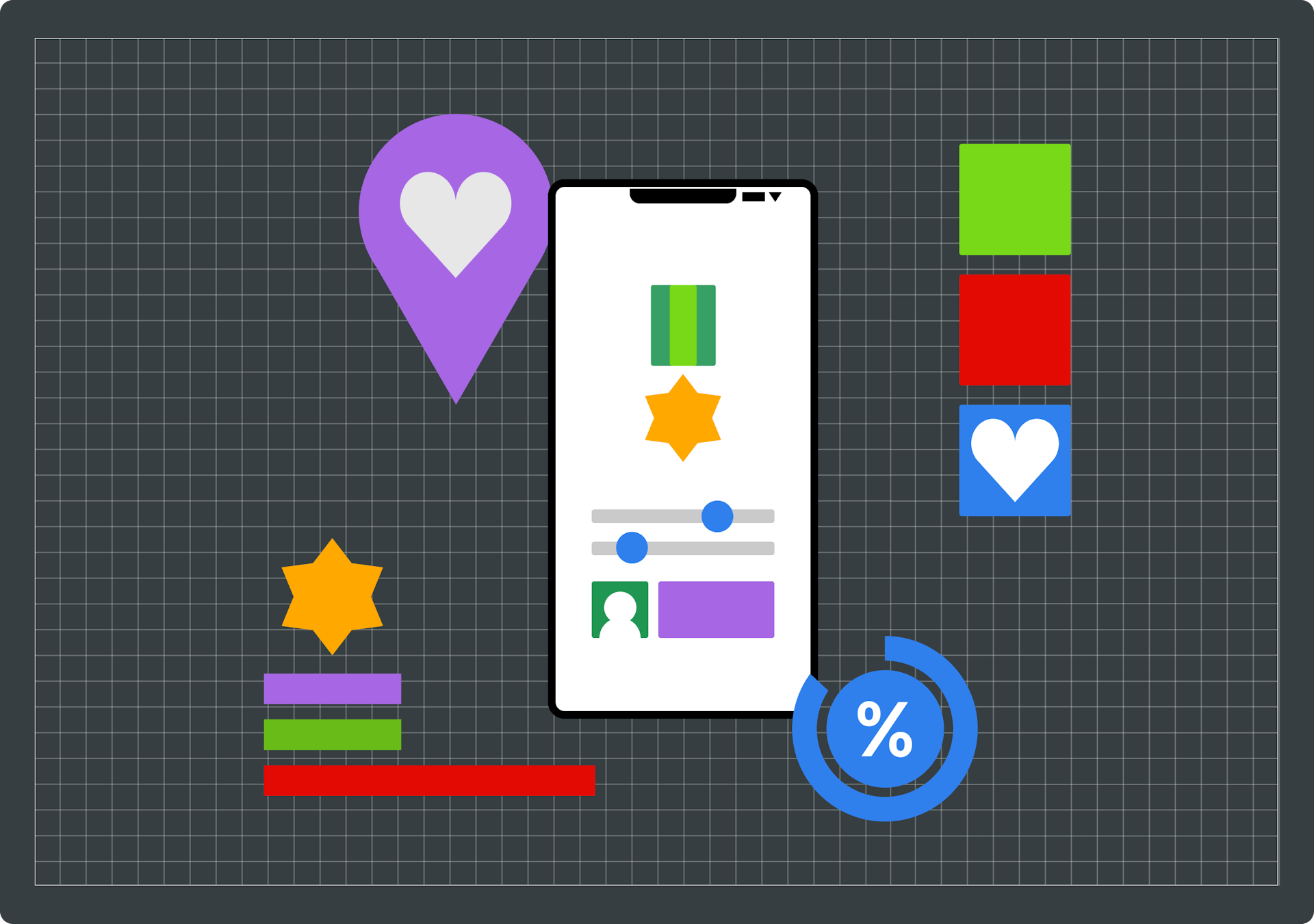The What, When and Why of Gamification

Retaining people’s attention is increasingly becoming as valuable as a currency, with businesses constantly looking for new ways to captivate their audiences. One approach that has gained significant popularity in recent years is gamification. But what exactly is it?
Gamification is the integration of game mechanics and design elements into non-game contexts, such as marketing campaigns, employee training programs, or educational platforms. By incorporating elements like points, badges, leaderboards, and challenges, gamification aims to enhance user engagement, motivation, and participation.

While the term "gamification" may be relatively new, the concept of using game elements to drive engagement dates back much further. One early example is the loyalty program, which emerged in the late 18th century when American company Sperry & Hutchinson started the production of S&H Green Stamps - a line of trading stamps that were distributed as part of a rewards program and could be redeemed for discounts or goods - effectively gamifying the shopping experience and encouraging repeat business.
In the digital age, gamification began to take shape with the rise of video games and early internet communities. Websites like eBay introduced feedback systems and reputation scores to incentivise desirable behaviours, such as prompt payment and responsible trading. Similarly, online forums and social networks implemented badges, rankings, and leaderboards to encourage participation and reward contributions.

Even though the concept dates back to the 1800's, "gamification" was coined by Nick Pelling in 2002 and the term wouldn’t see widespread adoption until early 2010’s. Pelling is a British-born inventor and programmer that was tasked with creating a game-like user interface for vending machines and ATMs.
Companies like Nike and Starbucks embraced gamified loyalty programs to incentivise customer engagement and drive sales. Meanwhile, educational platforms like Khan Academy introduced gamified elements to make learning more engaging and interactive.
Around the same time, academics and researchers began studying the psychological mechanisms behind gamification and its impact on behaviour. Their insights laid the groundwork for the development of best practices and guidelines for implementing gamification effectively.

Gamification is now a common feature of software design and the appeal lies in its ability to tap into fundamental human desires, such as competition, achievement, and social interaction. By leveraging these intrinsic motivators, gamification can drive desired behaviours, foster learning, and build stronger connections with audiences. Here's why it's important:
Increased Engagement: Games are inherently engaging, often offering clear goals, feedback mechanisms, and a sense of progress. By applying these principles to non-game contexts, gamification can significantly increase user engagement and participation.
Motivation and Behaviour Change: Gamification has the power to motivate individuals to adopt new behaviours or habits by providing incentives, rewards, and a sense of accomplishment. Whether it's encouraging employees to complete training modules or inspiring consumers to make healthier choices, gamification can be a potent tool for behaviour change.
Learning and Skill Development: Educational institutions and corporate training programs are increasingly turning to gamification to make learning more enjoyable and effective. By transforming learning materials into interactive experiences, gamification can enhance retention, comprehension, and skill development.
Data Collection and Insights: Gamified experiences often generate valuable data on user behaviour, preferences, and performance. This data can provide organisations with invaluable insights into their audience's motivations and preferences, allowing them to refine their strategies and offerings accordingly.
Building Community and Social Interaction: Many gamified experiences incorporate social elements, such as leaderboards, challenges, and collaborative activities. By fostering a sense of community and competition, gamification can strengthen bonds between users and encourage social interaction.

While gamification offers numerous benefits, it's important to acknowledge its potential drawbacks as well:
Superficiality: Poorly designed gamification can feel gimmicky or superficial, failing to genuinely engage users or drive meaningful behaviour change.
Over-reliance on Rewards: Excessive use of rewards and incentives may lead to users becoming overly reliant on extrinsic motivators, potentially undermining intrinsic motivation in the long run.
Lack of Sustainability: Gamified experiences that lack depth or meaningful progression may fail to retain users' interest over time, leading to a decline in engagement and participation.
Ethical Concerns: In certain contexts, gamification techniques may exploit psychological triggers or manipulate user behaviour in ways that raise ethical questions regarding user autonomy and consent.
Final Thoughts
Gamification represents a powerful strategy for unlocking engagement, motivation, and behaviour change across a wide range of contexts. By understanding the principles of game design and applying them thoughtfully, businesses can create immersive experiences that inspire, educate, and delight their audiences. However, it's essential to approach gamification with a critical eye, acknowledging both its potential benefits and drawbacks.
At Rocketmakers, we understand the power of gamification and the impact it can have on your product and your business goals.
Our crew of experienced developers and designers are here to help. From concept to execution, we'll work closely with you to bring your gamification ideas to life and deliver measurable results.
Get in touch with us today and let’s talk about how we can make your product not just functional, but fun and engaging!



